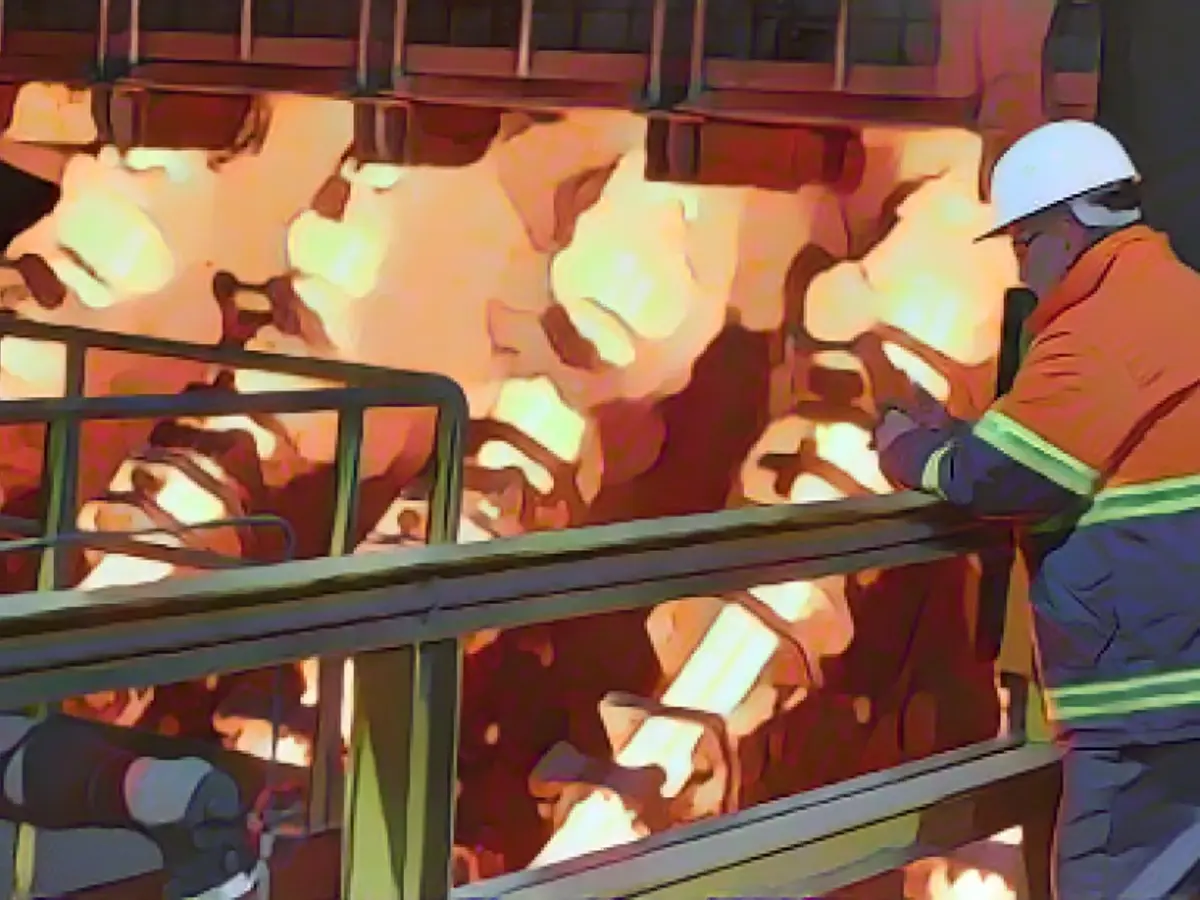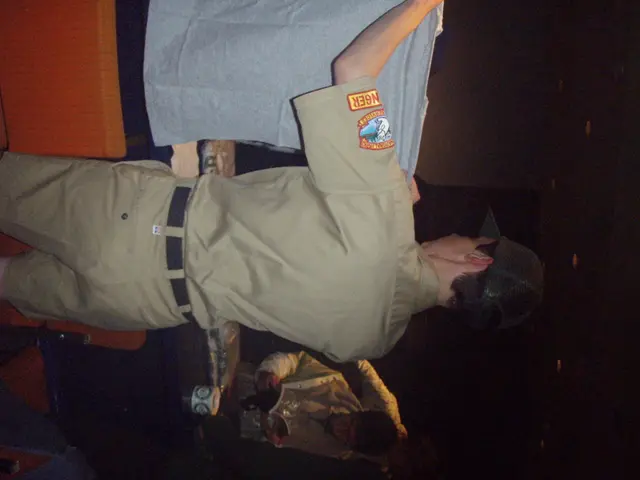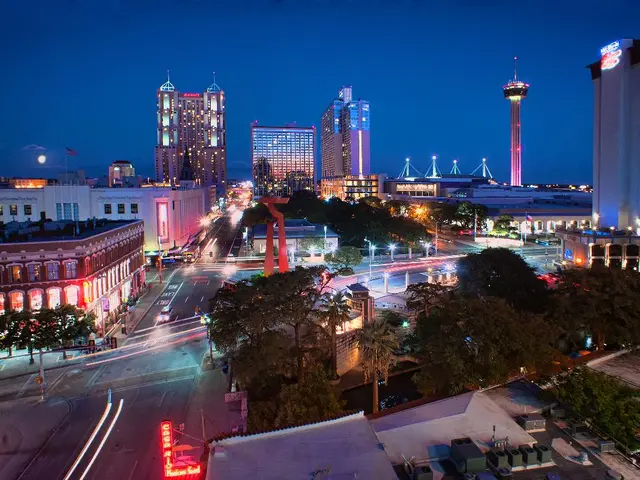Green Steel in Saarland: A Promising Endeavour with Delayed Approval
In a bid to embark on the journey towards green steel production, Dillingen, Saarland, has been engaged in intensive talks with the German government, Dillinger Hütte, Saarstahl, and the European Commission. The goal is to secure EU funding and invest a substantial 3.5 billion euros in green steel projects, with the ambition to lower CO2 emissions by an impressive 4.9 million tons annually from 2027.
However, trajectory of approval for this significant undertaking remains unsure. Economics and Climate Protection Minister Robert Habeck (54, Greens) has deemed the negotiations as intricate, much akin to dealing with a complex building application. The Minister highlighted the lengthy negotiation period, citing the multifaceted players involved in the development.
Complexities at Play
The path to green steel in Saarland is fraught with intricate challenges. The German government, Dillinger Hütte, Saarstahl, and the European Commission all have a stake in this endeavour. Ultimately, the ambition is to present a compelling case that justifies every euro invested in Brussels.
Looming Relief or Additional Worry?
Robert Habeck initially scheduled the approval deadline for May 2023, providing hope for the 14,000 steel workers recovering from post-mining and Ford's departure challenges. Later, the Minister refrained from committing to a firm approval date from Brussels in 2023, leaving everyone waiting with bated breath.
Green Steel: A Vital Pursuit
Regardless of any apparent doubts, Saarland Minister President Anke Rehlinger (47, SPD) is committed to revitalizing the steel industry, ensuring its prosperity, and safeguarding employment. The minister emphasized the milestone role of this project in maintaining local jobs and mitigating climate change impacts.
Brussels' Decision Significance
If the EU advisory board approves the funding, the green steel initiative will thrive, enabling local producers to contribute significantly toward lowering CO2 emissions in the years to come. However, a refusal could result in another job crisis for the region, further pushing Saarland into uncharted territories.
Support from Habeck
Robert Habeck, the Federal Minister for Economics and Climate Protection, is a staunch advocate of green steel in Saarland. Expressing his unwavering support for the steel industry’s future in the region, he is prepared to allocate necessary resources and encourages companies to strive for a more sustainable production process.
The Future of Eco-Steel
While negotiations continue to unfold, the region remains on tenterhooks, eagerly awaiting the EU’s decision. Even should they prevail, saarlander mills such as Völklingen could stand to significantly benefit from the green steel production adoption. The broader implications for European industries and the possible imitation of Chinese steel mills are yet to unfold.
Sources:
Enrichment Data:
- The European Coal and Steel Community (ECSC) has been spearheading research in several areas, including coking techniques and evaluating coal supplies, vital to steeling industry, but there are no explicit mentions of green steel initiatives or funding approvals in Saarland[1].
- Saxony, a neighbouring region, is actively pursuing and executing numerous green projects in the automotive and construction sectors, such as "Green Mobility 'made in Saxony'" and the "Living Art of Building" (LAB) research center, pushing the boundaries of sustainable technologies[2].
- Netherlands announces export control measures for advanced semiconductor manufacturing supplies, but this regulation does not apply to EU funding for green steel in Saarland[3].
[1] "History of the European Coal and Steel Community (ECSC): The Origins of the European Union." [2] "Green Mobility and Sustainable Construction in Saxony." [3] "Advanced Semiconductor Export Controls in the Netherlands."








